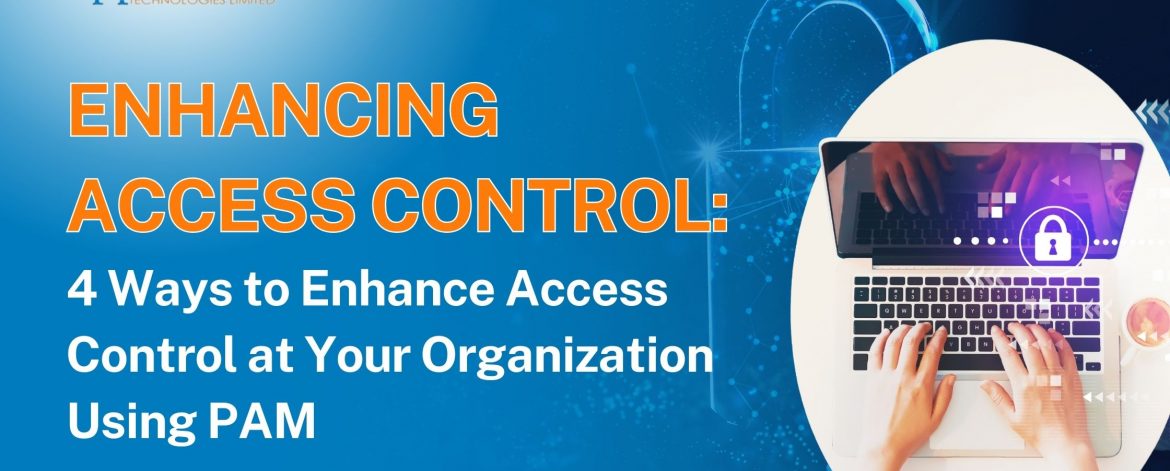How do you enhance access control at your organization using PAM? We will show you how in this post, so continue reading.
Access control is a crucial aspect of any organization’s security strategy. It ensures that only authorized users can access sensitive data and resources and prevents unauthorized or malicious access. However, access control can be challenging to implement and maintain, especially when dealing with privileged users with elevated permissions and access to critical systems.
Kaspersky ICS CERT mentioned that in the third quarter of 2023, around 32 percent of industrial control systems had been attacked by cybercriminals. In South Africa alone, 22 percent of their machines were attacked. Other parts of Africa have had their fair share of attacks, especially on IoT systems, with Nigeria experiencing these attacks on 6 percent of its systems and Kenya recording the same issue on 12 percent within the same period.
The figures above reveal how important it is for your organization to enhance access control. We will show you how to strengthen access control at your organization using PAM in this post.
4 Ways to Enhance Access Control at Your Organization Using PAM
Privileged access management (PAM) is a framework that helps organizations secure, control, and monitor privileged access. Did you know that you could enhance access control at your firm using PAM? Here are four ways PAM can help your organization enhance access control:
Employ temporary privilege escalation
One of the principles of access control is to grant the least privilege necessary for users to perform their tasks. However, sometimes users may need to perform actions that require higher privileges, such as installing software or changing configurations. In such cases, PAM can enable temporary privilege escalation, which grants users the additional privileges they need for a limited time and a specific purpose. This way, users do not have permanent or excessive privileges that could be exploited or misused.
Keep track of assets and privileges

Another challenge of access control is to keep an inventory of all the assets and privileges in the organization. Assets include devices, applications, databases, servers, cloud services, and more. On the other hand, privileges include roles, permissions, credentials, certificates, and more. PAM can help organizations automate the discovery, ownership, and assessment of assets and privileges. This helps ensure they align with the organization’s policies and compliance requirements. PAM can also revoke or modify privileges if any noncompliance or an anomaly is detected.
Deploy attribute-based access control

Traditional access control models, such as role-based access control (RBAC), rely on predefined roles and permissions to grant access to resources. However, these models may need to be more flexible and granular to accommodate the dynamic and complex nature of modern organizations. Attribute-based access control (ABAC) is an emerging model that uses attributes, such as actions, environment, location, and device, to determine access. ABAC can provide more context-aware and fine-grained access control and enable organizations like yours to enforce more specific and adaptive policies.
Monitor and audit privileged activity
The final step of enhancing access control using PAM is to monitor and audit the activity of privileged users. PAM can help your organization record and review all the actions performed by privileged users, such as logging in, accessing resources, executing commands, and making changes. It can also generate alerts and reports on any suspicious or unauthorized activity, such as privilege escalation, credential misuse, policy violation, or data breach. Monitoring and auditing can help you detect and respond to threats, as well as improve your accountability and transparency.
Conclusion
By following the four ways mentioned in this post, your organization can leverage PAM to enhance its access control and improve its security posture. PAM can help your organization reduce the risk of privileged access abuse, ensure compliance with regulations and standards, and optimize its operational efficiency and productivity. Would you like to enhance access control at your organization? Support Link Technologies can help; all you need to do is reach out to us today.


